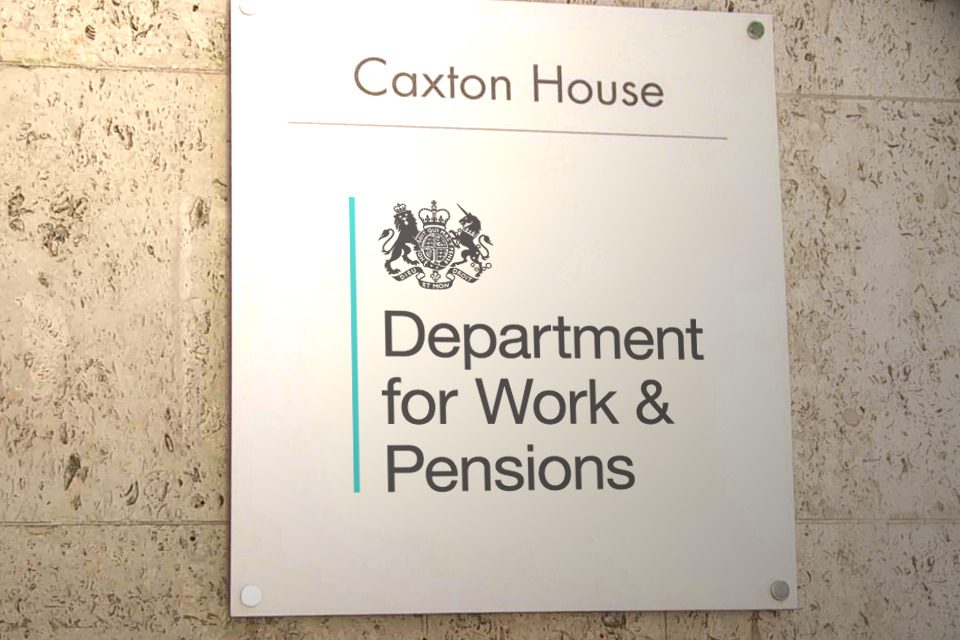Further work on dynamic coding and simple assessments requires a cash boost from the next spending review, government spokesperson reveals
Credit: Images Money/CC BY 2.0
Further investments in the rollout of two major digital tools for personal tax is contingent on more funding being secured in the next government spending review.
The rollout of simple assessments and dynamic coding was suspended in May 2018 as a result of HM Revenue and Customs’ need to redirect resources towards its Brexit-related work.
The two programmes were key strands of the Making Tax Digital for Individuals project – which is now considered closed, according to a written parliamentary answer from government spokesperson Lord Young of Cookham.
The mission statement for simple assessments was “ending the tax return”. The service sees HMRC “use data it already holds to calculate… tax owed”, rather than requiring citizens to fill out and submit their own return.
Related content
- Making Tax Digital uptake passes 50% – but HMRC issues call to action as deadline looms
- Interview: HMRC digital chief Jacky Wright on insourcing, inclusivity, and the ‘teething pains’ of transformation
- Lords tell HMRC to delay Making Tax Digital for VAT rollout by one year
“HMRC delivered simple assessment to a small number of customers in 2017,” Lord Young said. “Due to the need to prioritise EU exit, HMRC temporarily suspended further work to extend the service to a larger number of customers. The service remains active for the original user base, and further enhancements are being made this financial year. HMRC are reviewing whether to make further investments into the service in the context of the Spending Review.”
Rollout of dynamic coding also began in 2017. The technology is designed to prevent citizens from underpaying or overpaying income tax by undertaking in-year changes to individuals’ tax codes – rather than simply updating them at the end of the year.
Lord Young, who was responding to a question from Baroness Altmann, indicated that HMRC still wishes to press on with the implementation of dynamic coding. But, once again, a cash boost is required from the next spending review.
“HMRC have long had a delivery plan for the dynamic coding-out of debt project,” he said. “The service was successfully introduced for a number of taxation scenarios that cause an over- or under-payment of PAYE (pay as you earn). After the closure of the Making Tax Digital for Individuals Programme, which included a wider dynamic coding option, and resource reallocation to EU exit, a new IT solution was required for this budget 2017 project. HMRC remain committed to delivering this project. Further work on the wider dynamic coding activities will be considered as part of wider spending review planning.”
The spending review – in which government will set departmental budgets for the next few years – was due to have been launched before parliament’s summer recess to allow for its conclusion to coincide with the budget in the autumn. The ongoing distraction of Brexit has seen the review put on the back-burner and work seems unlikely to get underway before the UK’s exit from the European Union has been completed.



